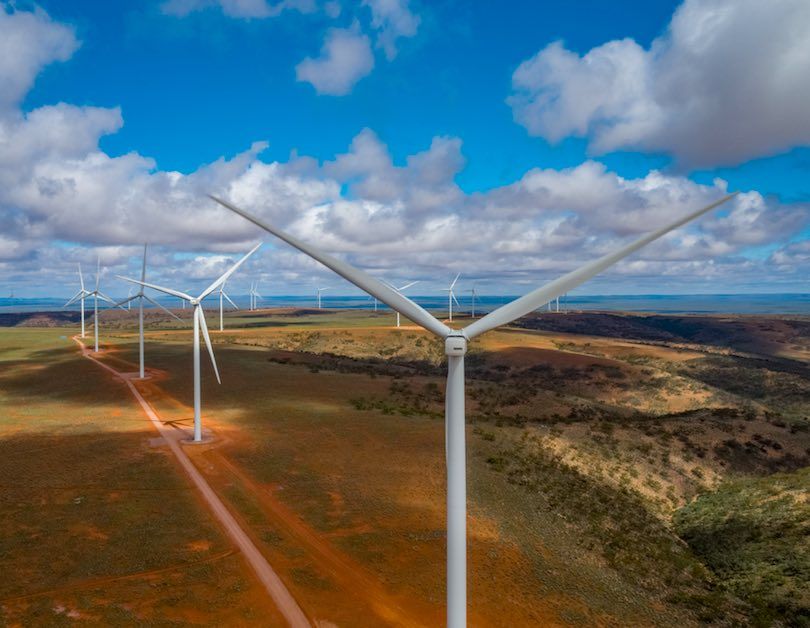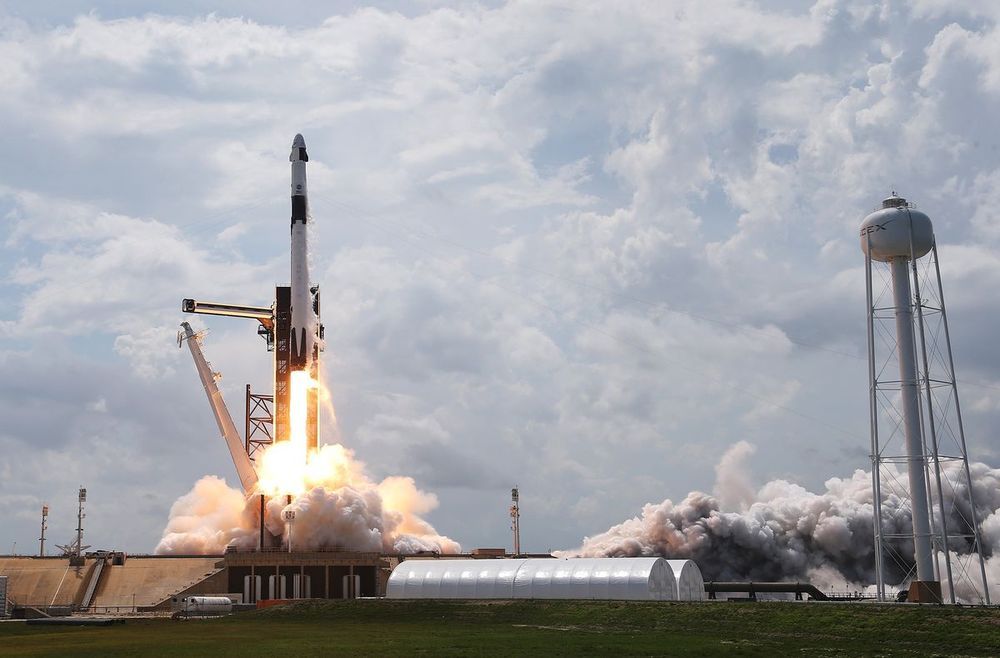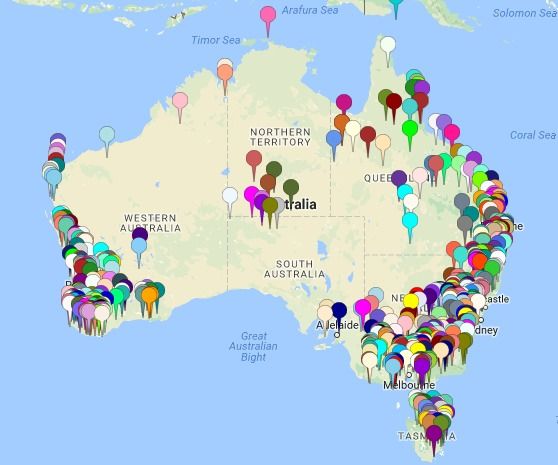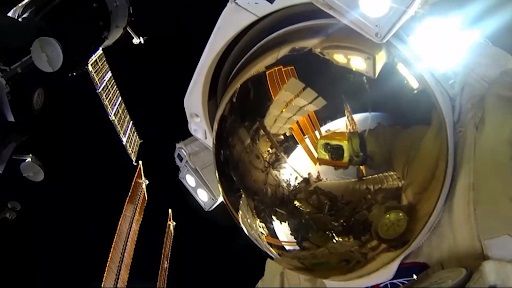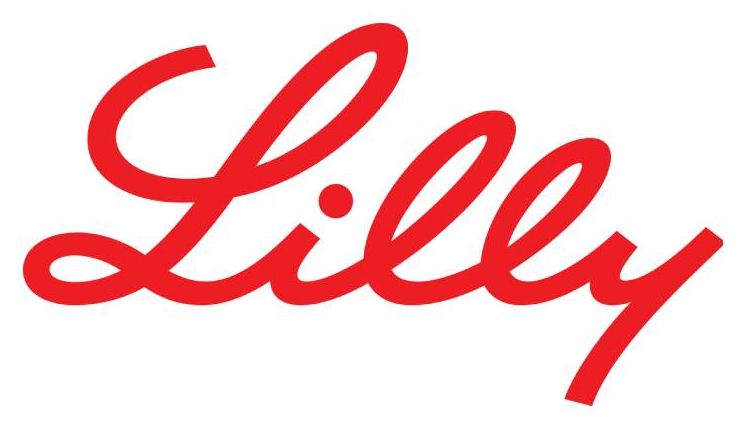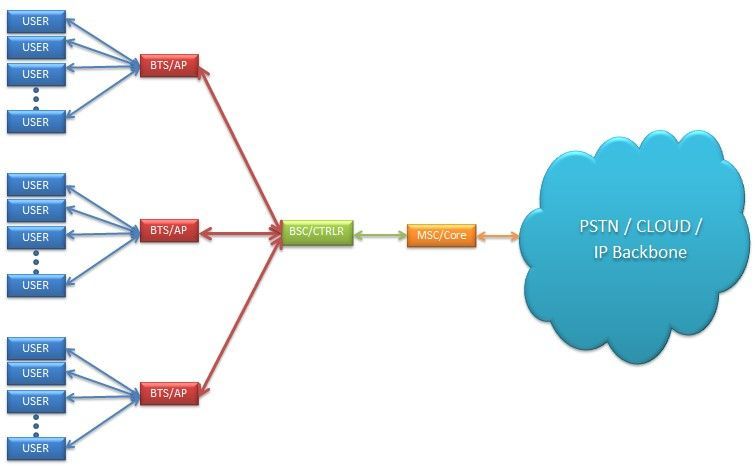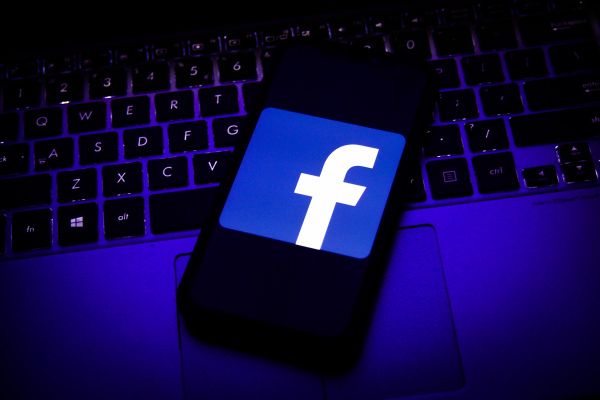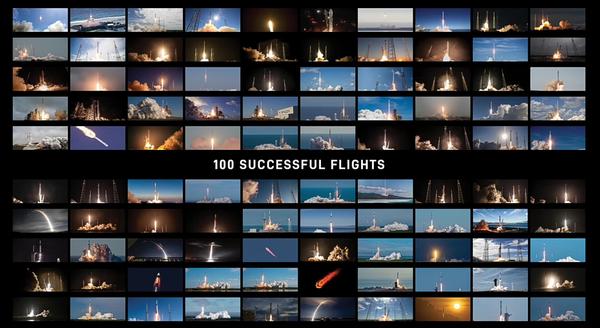
SpaceX is a leader in aerospace innovation. The company was founded by Elon Musk in 2002 with the ultimate mission to make life multiplanetary. For over a decade, SpaceX teams have worked to develop technologically advanced rockets and spacecraft. Developing rockets comes with many challenges. SpaceX had a couple of failed missions in the early days. The company went from almost not making it to orbit to returning human spaceflight capabilities to the United States in 2020.
The company’s first rocket, Falcon 1, failed to attain Earth orbit three times: in March 2007 and August 2008, but in September 2008 SpaceX became the first American private company to send a liquid-fueled rocket into orbit. Despite the challenges, SpaceX pushed through until the fourth rocket launch reached orbit. A fourth failure “would have been absolutely game over,” Musk said at the International Astronautical Congress conference in 2017. “Fortunately, the fourth launch, which was … the last money that we had for Falcon 1 –that fourth launch worked. Or it would have been… that would have been it for SpaceX,” he said. The company was able to land a government contract from NASA when it reached orbit.
SpaceX then worked to develop an improved version of the rocket. In 2010, the company launched the Falcon 9, powered by nine Merlin 1D engines. Falcon 9 was designed so that its first-stage could be reused. Other companies use expendable rockets. SpaceX engineers accomplished developing the world’s first orbital-class rocket capable of returning from space to perform a controlled landing powered by its engines. Falcon 9 is capable of launching payload to orbit and landing soon after liftoff. In 2015 a Falcon 9 first-stage booster returned to Earth near its launch site for the first time, after several explosive landings (video below).



